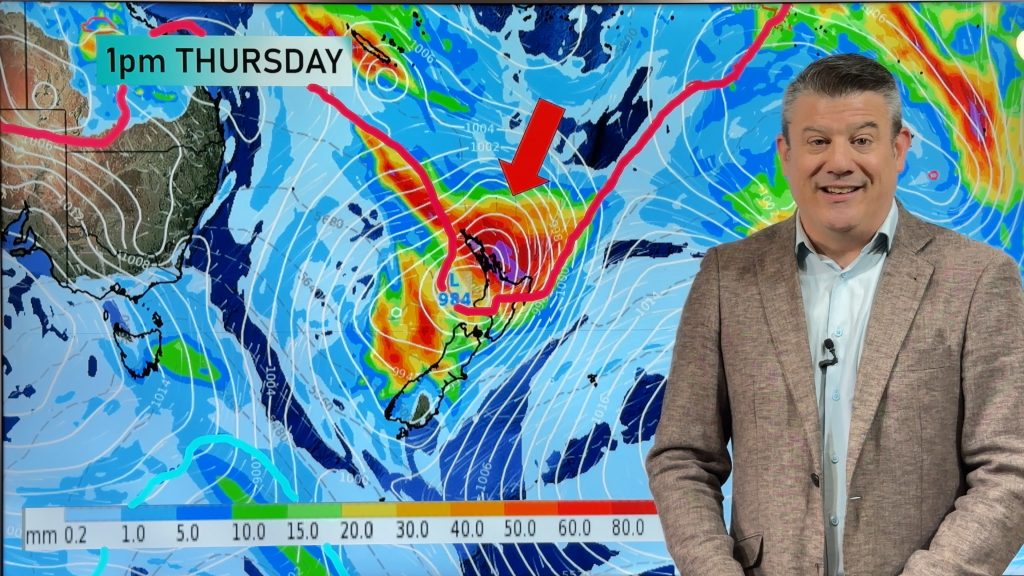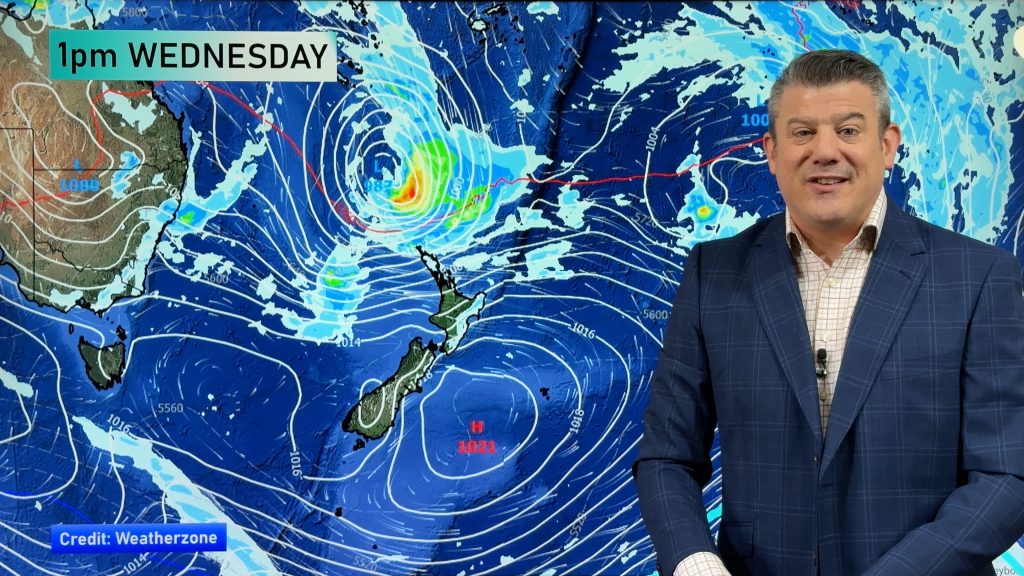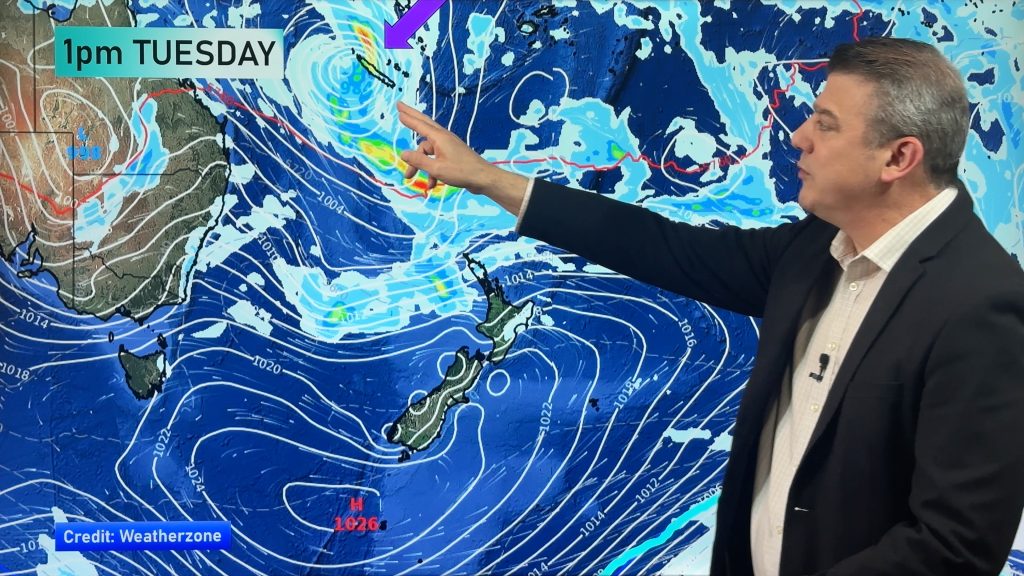In Corpus Christi, where Harvey could make landfall and Mayor Joe McComb has issued a voluntary evacuation order, Walmart shelves were clearing quickly, as the city canceled Friday’s dockets in city court and provided self-serve sandbags to residents.
Port Aransas on Mustang Island and nearby Portland issued mandatory evacuation orders. Houston, meanwhile, has canceled the first day of school on Monday.
Harvey is rapidly strengthening and is forecast to become a Category 3 hurricane with winds of at least 180km/h by the time it hits the middle Texas coast late Friday or early Saturday, the hurricane center said Thursday. After hitting Corpus Christi, the storm is expected to stall over the state, forecasters say.
Hurricane-force winds are a concern as the storm builds strength in the Gulf of Mexico, and a potential deluge and subsequent flooding may be a big danger as well, according to meteorologists.
“Harvey is likely to bring multiple hazards, including heavy rainfall, storm surge and possible hurricane conditions to portions of the Texas coast beginning Friday,” the National Weather Service said.
“Those conditions can happen far away from the landfall,” hurricane specialist John Cangialosi said Thursday afternoon.
People shouldn’t focus on where the eye will come ashore but should listen to local authorities and be prepared for rain through the weekend and possibly into next week, he added.
Slow storm means more rain
At 5 p.m. ET, Harvey was a Category 1 hurricane with 140km/h winds. It was about 490kms southeast of Corpus Christi, and was moving north-northwest at 16 km/h.
It’s expected to bring 380mm to 635mm of rain to the Texas coast, with isolated instances where rainfall totals could reach 890mm, the hurricane center said, bumping up the predicted totals by 5 inches since a previous advisory.
*To put that in 890mm amount into perspective it’s worth noting that Auckland, New Zealand has 1115mm of rain across an entire year.
Rainfall amounts increase exponentially when a storm moves at a slower speed, as Harvey has been doing.
The National Hurricane Center has warned Harvey will slow down when it reaches the coast and there will be days of heavy rain and flooding across portions of Texas. Louisiana and Mexico will also be affected by the storm.
Compounding potential problems is the tidal cycle. If peak storm surge arrives during high tide, parts of the coast could see half a metre to 2.4 metres of flooding, with the potential of 1.8 to 3.6 metres between Padre Island National Seashore and Sargent, Texas.
“Historically, water from tropical cyclones is more deadly” than from damage done by the powerful winds of the storm, Cangialosi said.
While it has been nine years since Texas last saw a hurricane, the state is no stranger to devastating flooding from tropical systems. In 2001, Tropical Storm Allison was a multibillion-dollar disaster for the state, specifically Houston. Allison became nearly stationary for days, dropping more than 762mm of rain across portions of the city.
Harvey could be the first hurricane to hit Texas since 2008 when Hurricane Ike smashed the coast near Galveston. The storm killed 21 people in Texas, Louisiana and Arkansas, and caused widespread destruction.
** WeatherWatch.co.nz will have extra updates on Harvey over the weekend **








Add new comment